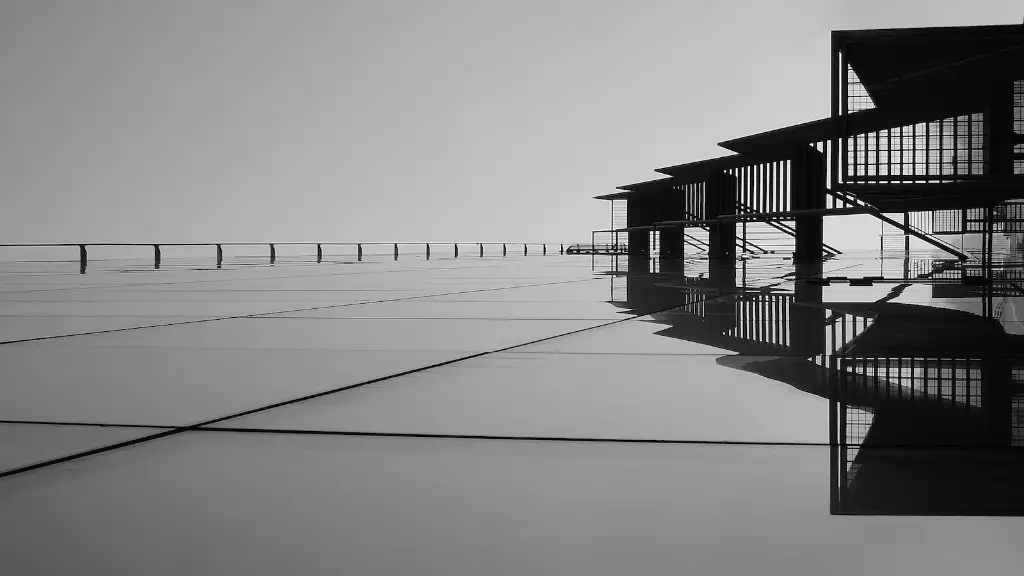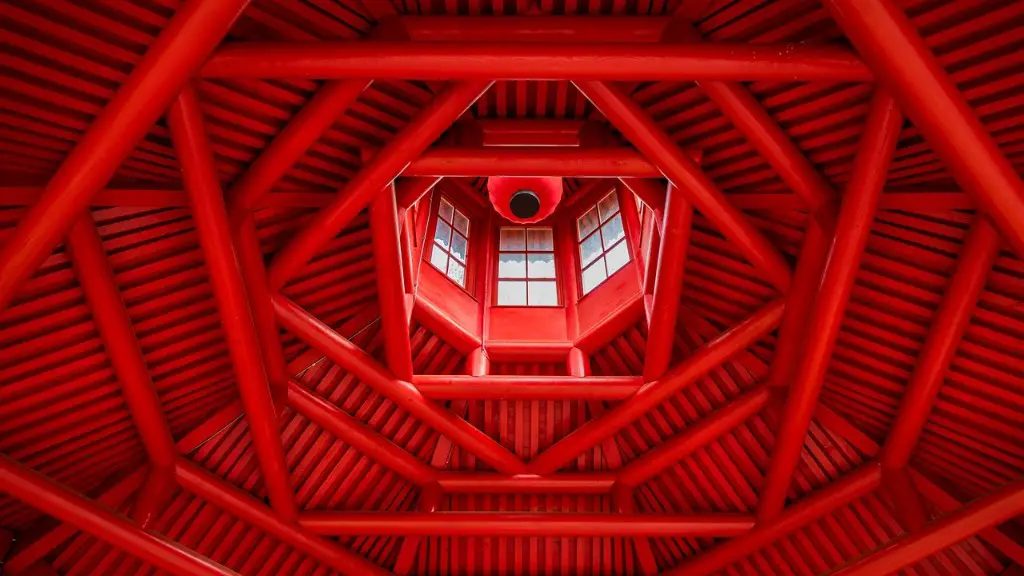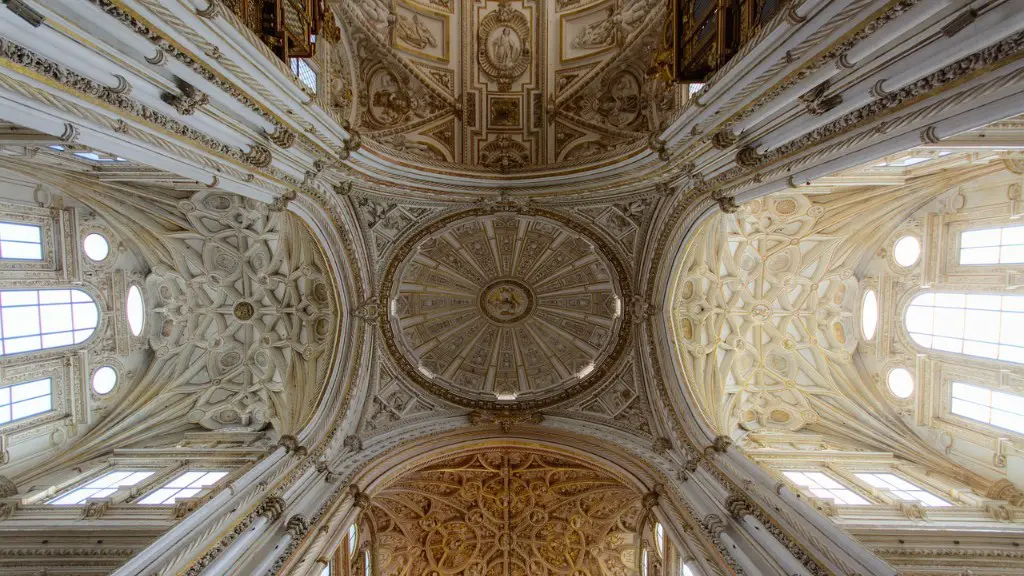Architecture is Not Art: Examining the Difference
Architecture and art are often confused, yet they are quite distinct disciplines. While both involve the creation of something aesthetically pleasing, the approaches and objectives of the disciplines differ greatly. In general, architecture is the process of building physical structures. This could include anything from a home, office, or civic structure, to an entire city.
Art, on the other hand, is the expression of an emotion or concept by an artist. While a painting or sculpture may take on a form that resembles something from the architecture field, they will ultimately take on a unique character as expressions of the artists’ thoughts and feeling.
The distinction between the two is best illustrated by imagining a home. An architect may design a building in such a way and using such materials that it adheres to a certain style, such as Victorian or Georgian, or to an abstract concept, such as modernism or minimalism. Yet the work will be done within certain parameters and the overall design must adhere to rules of strength, safety and economy.
An artist, on the other hand, may paint a mural on the side of the building, or create a sculpture for the yard, or place abstract objects on the roof to express an emotion or concept. These artistic works may be open to interpretation, can be done in any style, and can be changed as the artist sees fit.
It is for these reasons that architecture is not art. Architecture is the design and construction of physical structures using certain rules and materials, while art is the expression of emotions and concepts through visual and other mediums. Architects are tasked with creating functional and aesthetically pleasing works that adhere to a certain criteria, while artists are allowed to develop works as they choose in order to express an emotion or concept.
The Distribution of Responsibility
The roles of architect and artist are distinct not only in the end product but also in their respective responsibilities. An architect’s role is to begin with a concept and then turn it into reality. They design the forms, choose the materials, handle the budget and travel to the site to ensure that all construction is done in accordance with the design.
An artist’s role is to develop the concept behind the work and to create it. This process can involve anything from sketching out a design or collecting references for inspiration, to spending long hours in the studio creating the work. The artist’s primary focus is on the concept of the work and how it connects to the world.
It is important that architects and artists respect each other’s roles. Both are essential to creating aesthetically pleasing works but their approaches to achieving this goal differ. Thus, architects and artists must work together to create well-rounded projects that would not be possible if either was working alone.
What it Means to be a Creative
However, the differences between architects and artists go further than just their roles. Being a creative, in whatever field, involves a certain mindset and set of skills. Architects must be able to think analytically and critically to ensure the structures they create are safe, functional, and aesthetically pleasing.
Artists, on the other hand, must be able to tap into their emotions and comprehend their meaning and relevance to the world. They must also be able to incorporate elements of color, texture, and shape into their works, and to use these elements to express their emotions and concepts.
Although architects and artists must both be creative to some degree, their approaches to being creative differ greatly. Architects must be able to understand the rules and regulations of the construction industry and how to work within these parameters to create aesthetically pleasing designs, while artists must be able to create works that are infused with emotion and have some connection to the world.
Creative Inspiration
Despite the differences among the roles, architects and artists can both benefit from each other’s creativity. Architects often cite painters and sculptors as sources of inspiration, and many have used their works to inform their designs. Similarly, many artists look to architecture as a source of inspiration, as its forms and materials create unique environments that offer a variety of possibilities.
The relationship between architecture and art is one of mutual respect and admiration. Although the two disciplines often lead to the same end goal, of creating aesthetically pleasing works, their approaches and the roles of the individuals involved differ greatly. Architects must work within certain rules and regulations to create structures that are both pleasing and functional, while artists must tap into their emotions to create works that are infused with meaning.
Themes in Architecture and Art
Themes are used in both architecture and art to create a feeling or atmosphere in a space. In architecture, theme often involves creating a space that looks a certain way. Themes can be used to create an atmosphere that is calming or energizing, or one which hints at the culture or history of an area.
In art, themes are often used to convey a message or emotion to the viewer. For example, an artist may create a painting that conveys a sense of sadness or longing. The artist can use color, shape, and texture to create a mood that speaks to the viewer beyond the visual.
Although themes can be used in both architecture and art, the approaches to creating them differ. An architect must create a theme that works within the practical constraints of the project, such as the size and shape of a room. An artist, on the other hand, can use themes to express a concept through the visual elements in their work.
Audience Considerations
The approach an architect or artist takes to their work can be greatly affected by its audience. In architecture, considerations must be made for the people who will be using the space. It must be pleasing to the eye but also comfortable, ergonomic, and safe. These needs must be balanced out with the aesthetic desires of the architect.
In art, the primary audience is the viewer. As such, the artist must ensure that their work is infused with emotion and speaks to their audience on a much deeper level. The artist must consider how their art will be interpreted and ensure that the message they are trying to convey comes across clearly.
The audience an architect or artist works for greatly affects the design process. Architects must ensure that the space they create is safe and functional for its intended users, while artists must ensure that the message behind their work is communicated clearly. Both must also create aesthetically pleasing works of art.
The Balance of Creativity
Architecture and art involve a great deal of creativity, yet their approaches to creating aesthetically pleasing works differ greatly. Architects must take into account the rules and regulations of the industry to create structures that are safe, functional, and pleasing, while artists must be able to tap into their emotions and use them to create works that are infused with meaning. Both must also be aware of their respective audiences and create works that appeal to them.
Although the roles of architect and artist differ, their work can benefit each other greatly. Architects often find inspiration in the works of artists, while artists often look to architecture as a source of inspiration. With this understanding, architects and artists can come together and create works that would not be possible if either worked alone.





